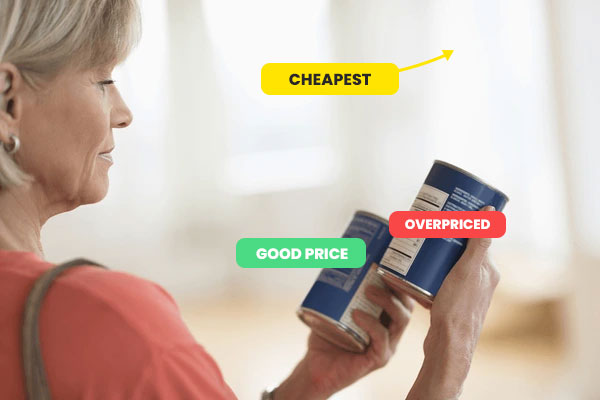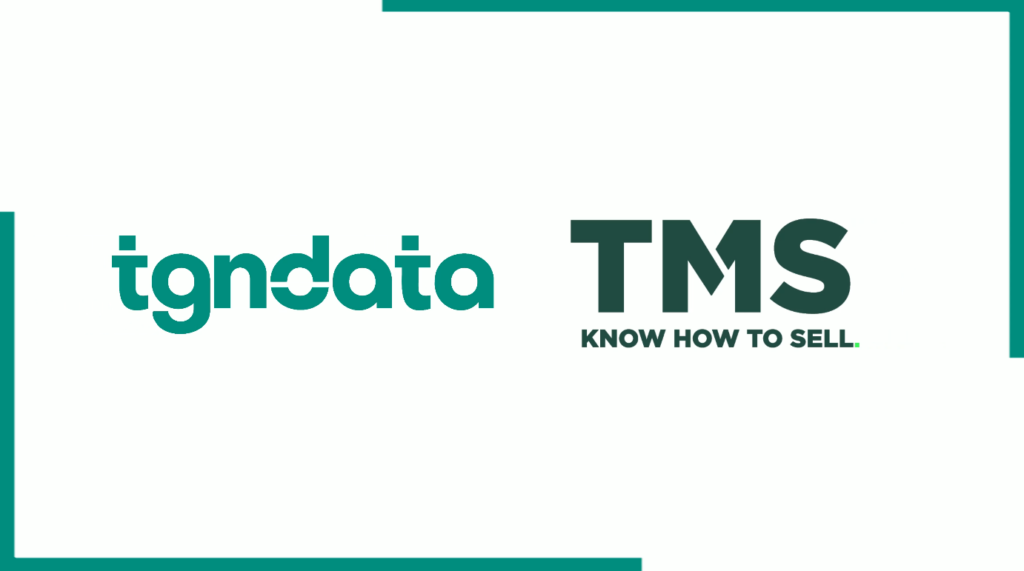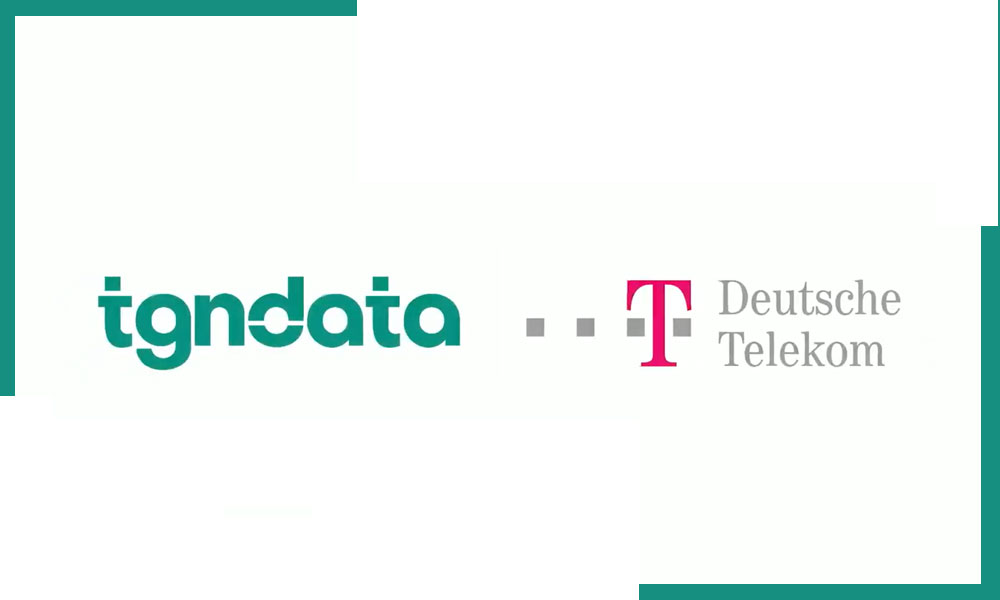Edit Content
In the economic landscape of 2024, consumers are more price-conscious than ever, driving a significant shift in retail strategies. Retailers are now leveraging advanced, data-driven pricing methods and state-of-the-art technology to meet this demand. This increased price sensitivity has prompted a transition from traditional pricing models to more sophisticated, dynamic strategies.
Both eCommerce and physical stores are using cutting-edge technologies to accurately align prices with market trends and consumer preferences.
In this transformed environment, “price matching” has emerged as a crucial tactic for retailers aiming to demonstrate their value commitment and remain competitive against both local stores and online rivals.

Price matching is a strategic approach where retailers assure customers they are receiving the best possible deal by matching a competitor’s lower price. This policy enables customers to purchase an item at the same price offered by another retailer.
Typically, a customer identifies a lower price for the same item at a different store and provides proof—such as a flyer, website listing, or formal quote—to the original retailer, who then verifies and matches the price. This ensures the items are identical in brand, model, and availability.
This practice benefits both consumers and retailers. Consumers save time and effort by not needing to shop around for the best deal, while retailers build customer loyalty and prevent sales losses to competitors. Although specifics of price matching policies—like eligibility, time frames, and acceptable proof—vary among retailers, the common goal is to offer customers the best value for their money.

Advanced technologies, particularly AI and retail analytics, are essential for optimizing price matching strategies. These tools allow real-time price monitoring and adjustments across numerous products and retailers, ensuring data accuracy and timely responses to market changes. Automation in price matching simplifies the process, enabling retailers to set predefined rules for price adjustments, enhancing operational efficiency and competitiveness. Integrated into shopping platforms, these systems provide instant notifications to customers about lower prices elsewhere, fostering trust and loyalty.
Pros
Cons













Missing an important marketplace?
Send us your request to add it!